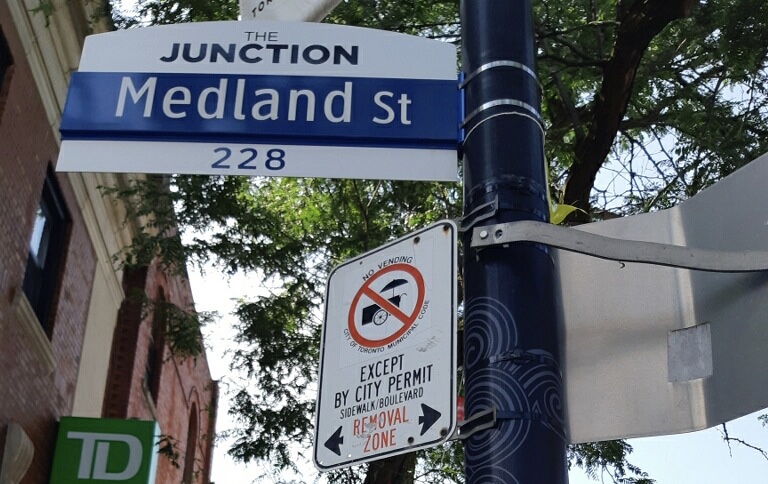Reopening Ontario after COVID-19
Learn how we’re planning to reopen businesses, services and public spaces.
Overview
Ontario is planning for the next phase of responding to the coronavirus (COVID‑19) outbreak – reopening our province.
As a first step, we have developed a framework to guide our approach. This framework outlines the method and principles we will use to reopen businesses, services and public spaces to responsibly lead Ontario’s economy back to a strong position.
The Ontario Jobs and Recovery Committee is a key part of applying this framework. The committee will consult with people and businesses to assess the economic impacts of COVID‑19, learn about their unique needs, and help guide Ontario to our “new normal.”
A gradual, staged approach
A Framework for Reopening our Province includes three stages. Through all stages, public health and safety will be the number one concern, while balancing the needs of people and businesses.
Reopening our province
Based on the advice of the Chief Medical Officer of Health and health experts, we will take a gradual, thoughtful approach to loosening emergency conditions and reopening the economy based on the following principles:
Responsible
Guided by public health advice to protect the people of Ontario, especially those who are most vulnerable and at high-risk, would continue to be paramount and guide an incremental approach.
Evidence-informed
All provincial, regional and sectoral actions would be informed by public health data, defined criteria and consistent measures.
Resourced
Sufficient health system capacity to respond to any new outbreaks of COVID‑19 would be required to protect health care workers and the public, and to maintain the regular health care system.
Monitored
A timely and rigorous testing process as well as fast case and contact tracing must be in place.
Responsive and effective
Based on health capacity, safety and economic needs, measures could be introduced quickly.
Clear
Plans and responsibilities for individuals, employers and the health care system would be clear and ready to implement.
Reopening businesses and public spaces
Reopening will be gradual and occur in stages. There will be two-to-four weeks between the launch of each stage to allow health officials to assess conditions before moving to the next one. This will determine if measures should be adjusted, loosened or tightened. This approach will enable the government to ensure there are appropriate measures in place to open safely and limit health risks. Everyday actions to protect your health, like physical distancing, frequent hand washing and staying home when ill, will continue through each stage.
Stage 1
In the first stage, we will consider:
- opening select workplaces that can meet current public health guidelines
- allowing essential gatherings of a limited number of people
- opening some outdoor spaces
- continued protections for vulnerable populations
Stage 2
In the second stage, we will consider:
- opening more workplaces with significant mitigation plans
- opening more public spaces
- allowing some larger public gatherings
- continued protections for vulnerable populations
Stage 3
In the final stage, we will consider:
- opening all workplaces responsibly
- relaxing restrictions on public gatherings
- continued protections for vulnerable populations
Considerations for each stage
To reopen the economy, we will consider factors such as the risk of the spread of COVID‑19 and the ability to implement protective and preventative measures in the workplace. The Chief Medical Officer of Health and health experts will advise the government on when it may begin to ease public health measures using a range of criteria, including:
- a consistent two-to-four week decrease in the number of new daily COVID‑19 cases
- sufficient acute and critical care capacity, including access to ventilators and ongoing availability of personal protective equipment
- approximately 90% of new COVID‑19 contacts are being reached by local public health officials within one day, with guidance and direction to contain community spread
- ongoing testing of suspected COVID‑19 cases, especially of vulnerable populations, to detect new outbreaks quickly


